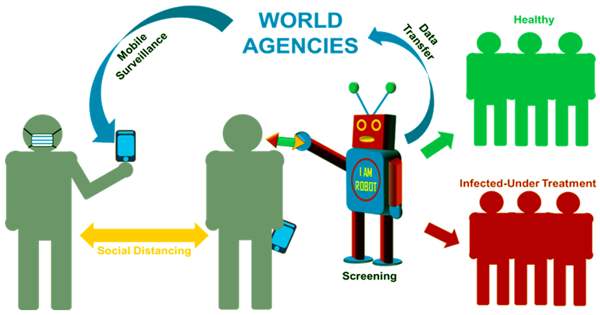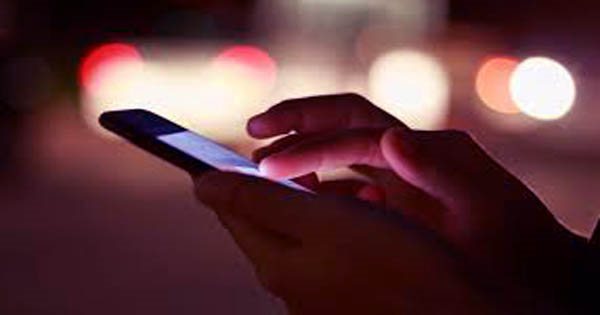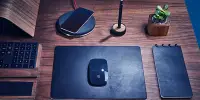
infectious diseases including coronavirus
“So how can we use this technology to test for infectious diseases such as coronavirus? It is a quick diagnostic tool that you can use sitting at home. At this point, it takes several hours or even days to diagnose in the lab, even when people show symptoms. The disease can spread.” “Everyone has a phone – more than 3 billion people,” study author Chong Ahn said in a statement.
The data is then interpreted using a specially designed smartphone app and sent directly to the healthcare provider for further analysis. The smartphone device is used to display power, display readings, and store data. The information obtained through the device’s “microchannel capillary flow” is processed using two channels, one mixing samples with frost-dried disease antibodies for identification and the other using a frozen-dry material to enable the device sensors to read the results.
“Performance is comparable to laboratory testing. The cost is also low. And it’s user-friendly, “Ahn said.” We wanted to make it easy so that anyone could use it without training or assistance.” An accurate, inexpensive, and easy-to-use solution can be used to diagnose the condition earlier and improve the patient’s treatment. While a large percentage of deaths from major infectious diseases are due to poor access to healthcare facilities and limited access to trained staff, the researchers say the gap can be reduced by devices like theirs.















